The Museum of Turkish and Islamic Arts is Ottoman palace on the western edge of the Hippodrome was built in 1524 for İbrahim Paşa, childhood friend, brother-in-law and grand vizier of Süleyman the Magnificent. It’s now home to a magnificent collection of artefacts, including exquisite examples of calligraphy and a collection of antique carpets that is generally held to be the best in the world.
Turkish and Islamic Arts Museum’s exhibits date from the 8th and 9th centuries up to the 19th century. Highlights include the superb calligraphy exhibits, with müknames (scrolls outlining an imperial decree) featuring the sultan’s tuğra (monogram). Look out for the exquisite Iranian book binding from the Safavid period (1501–1786). And whatever you do, don’t miss the extraordinary collection of carpets displayed in the divanhane (ceremonial hall) it includes Holbein, Lotto, Konya, Uşhak, Iran and Caucasia examples.
The lower floor of the museum houses ethnographic exhibits. Labels are in Turkish and English throughout.
The Museum of Turkish and İslamic Arts contains Turkish and İslamic Arts all together and is known as the last museum to open in the Otoman Period.The foundation of the museum was commissioned as a result of continuous steal of artworks from various trust bulidings, mosques, masjids, takas and sbrines from all over the country.Studies under a commission chaired by the director of Imperial Museum Mr. Osman Hamdi was completed in 1913 and the Museum was opened to publick as “The Museum of Muslim Endowments” (Evkaf-ı İslâmiye Müzesi) in imaret building within the complex of Süleymaniye Mosque, one of the masterworks of Mimar Sinan, the Chief Architect.
Fallowing the promulgation of the Republic the museum was lent the name of The Museum of Turkish and Islamic Arts and was transferred Ibrahim Pahsa Palace in 1983 where it stands today. The Palace that was given to then Grand Vizler Ibrahim Pahsa by Sultan Süleyman the Magnificent was amongst the chief structures of civil architecture in 16thcentury.
Rose on the stages of ex-hippodrome in Horse Square (At Meydanı) the famous historical square of Istanbul, the Palace in contrast to the Ottoman architectural tradition where all structures were built in wood was built in stone. Although it is identified precisely when and by whom the Palace was built, the alterations made before the great circumcision ceremony and the new entrance gate was known to be built by Sinan the Architect.
The Palace functioned as a palace of grand vizier. The just ceremony at the palace was arranged for the celebration of Ibrahim Pahsa’s wedding with Sultan’s sister Hatice Sultan in 1524. Sultan Süleyman the Magnificent watched the circumcision ceremonies of his princes Mustafa, Mehmet and Selim in 1530 from his lodge (mahfil) in Ibrahim Pahsa Palace. The ceremonial hall and the Assembly Hall (Divanhane) of the Palace was refurbished between the years 1966 and 1983 and obtained today’s condition. Various historical sources describe Ibrahim Pahsa Palace the largest amongst viziers’ palaces an even more marvellous than from Topkapı Palace.
While here, be sure to enjoy an expertly prepared Turkish coffee at Müzenin Kahvesi in the courtyard.
| Address | : | At Meydanı Sok. No:46 İbrahim Paşa Sarayı Sultanahmet, Eminönü |
| Web Site | : | www.tiem.gov.tr |
| : | turkislam@muze.gov.tr – turkislameserlerimuz@kultur.gov.tr | |
| Phone | : | (212) 518 18 05 |
| Fax | : | (212) 518 18 07 |
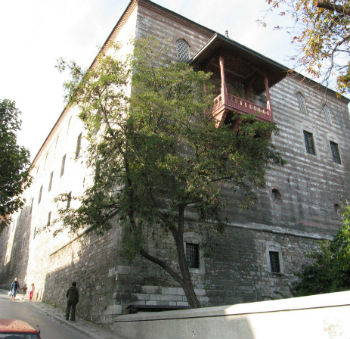
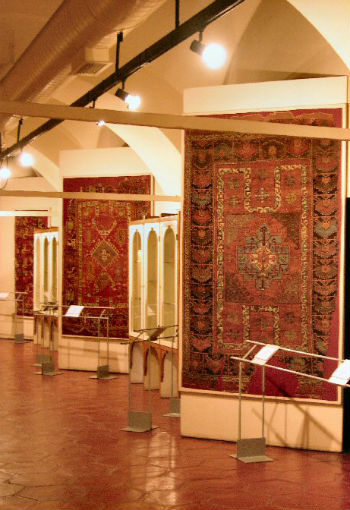
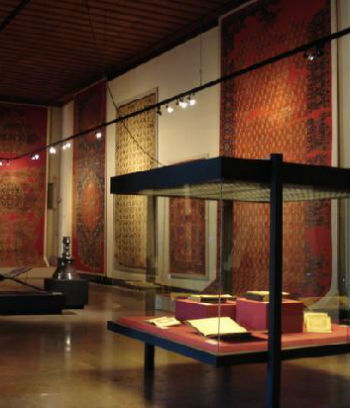
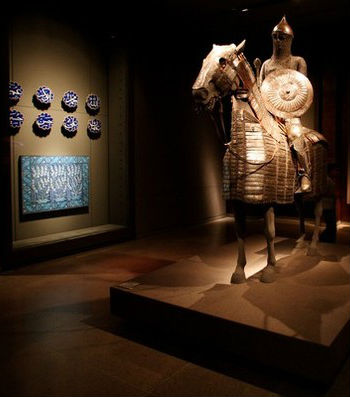
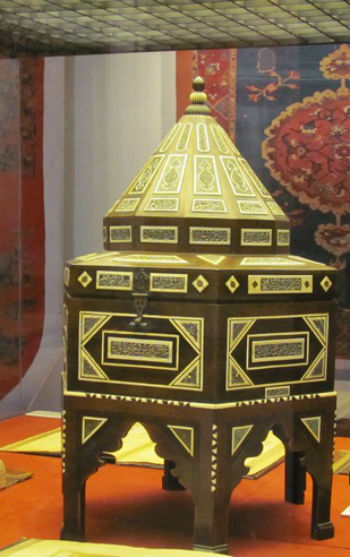


Museum is in Hippodrome area across from Blue Mosque. Layout is around park-like setting. Early carpets and calligraphy fill the majority of the walls. Fascinating.
Best location to see the highlights of Islamic art. A professional guide is highly recommended.
It`s a very pleasant place without crowds of people,that`s why you can enjoy visiting this museum.The most interesting part for me was entographic department,there you can see how Turkish life was organized in different parts of the country in different centuries. I highly reccommend visiting this museum.
This is a very well organized museum, which features some of the greatest historic treasures of Turkey.
Well kept art work and a historical building as the grand vizier of Suleyman the magnificient lived in the very same building.
A small scale musum with a wonderful collection of ancient rugs and objects.. One should not miss visiting the Ethnographic part whew they show simmply life in different parts of Turkey.
I really wanted to see this place but it was closed – I had looked it up before flying in to Turkey, you would think it would be noted that it was closed on the official websites to keep people informed… it is closed to the end of the year I believe.
We were disappointed to find that this museum was closed for another year for renovations so if you are planning to visit keep this in mind.
Closed for construction. Looks lik it will be closed a good long while.